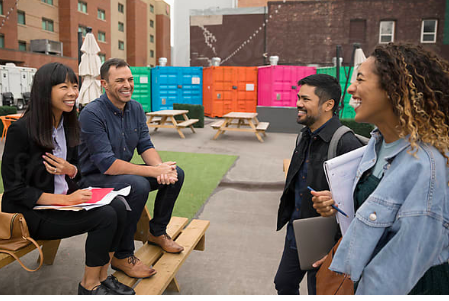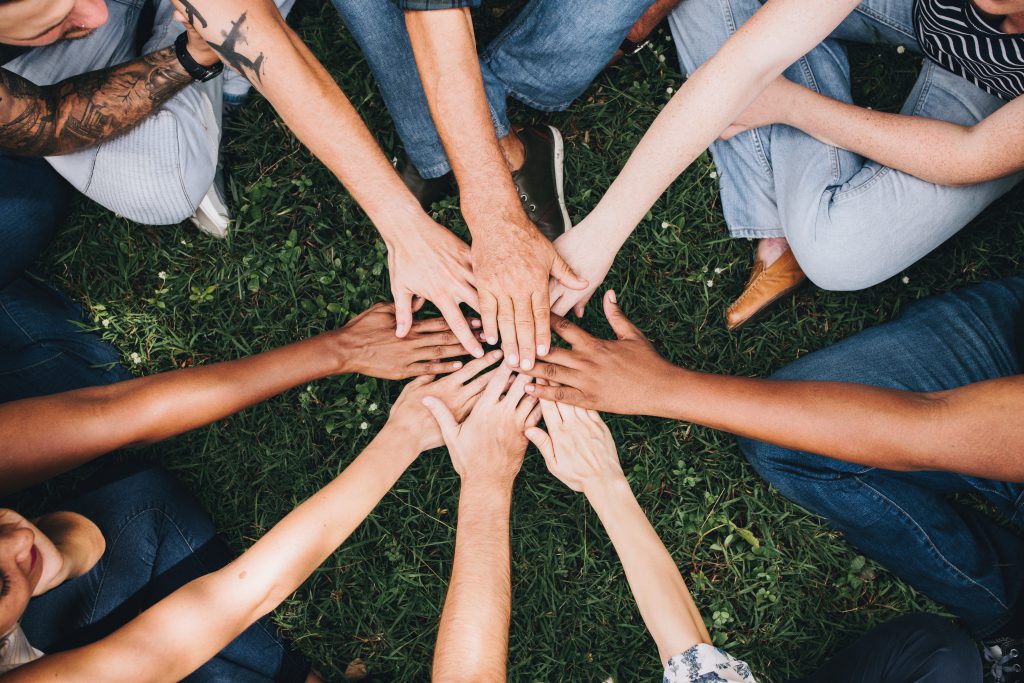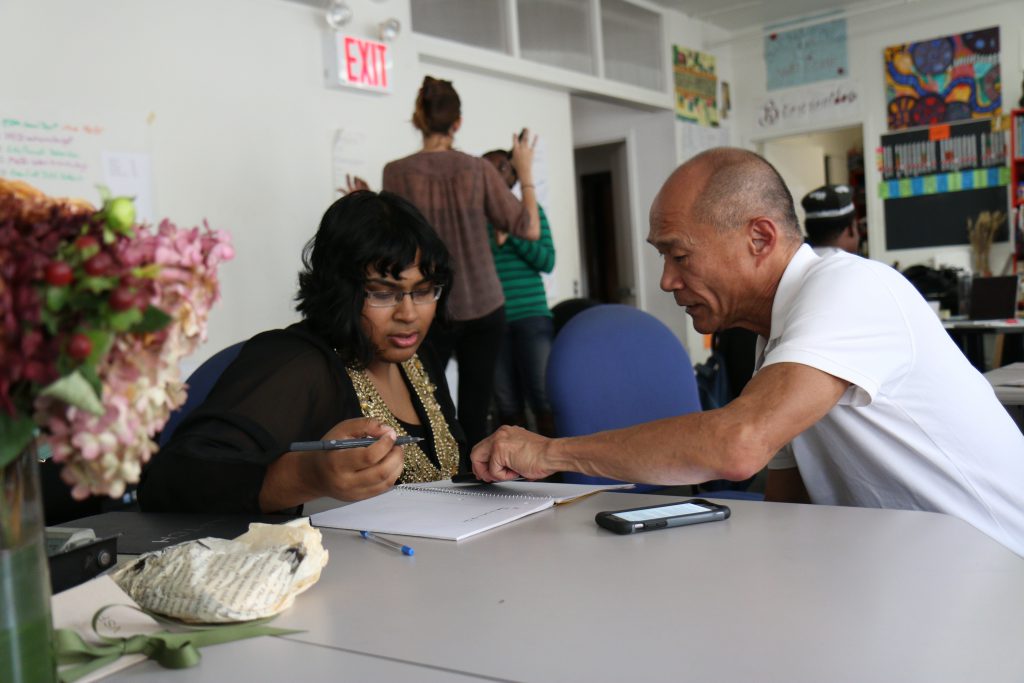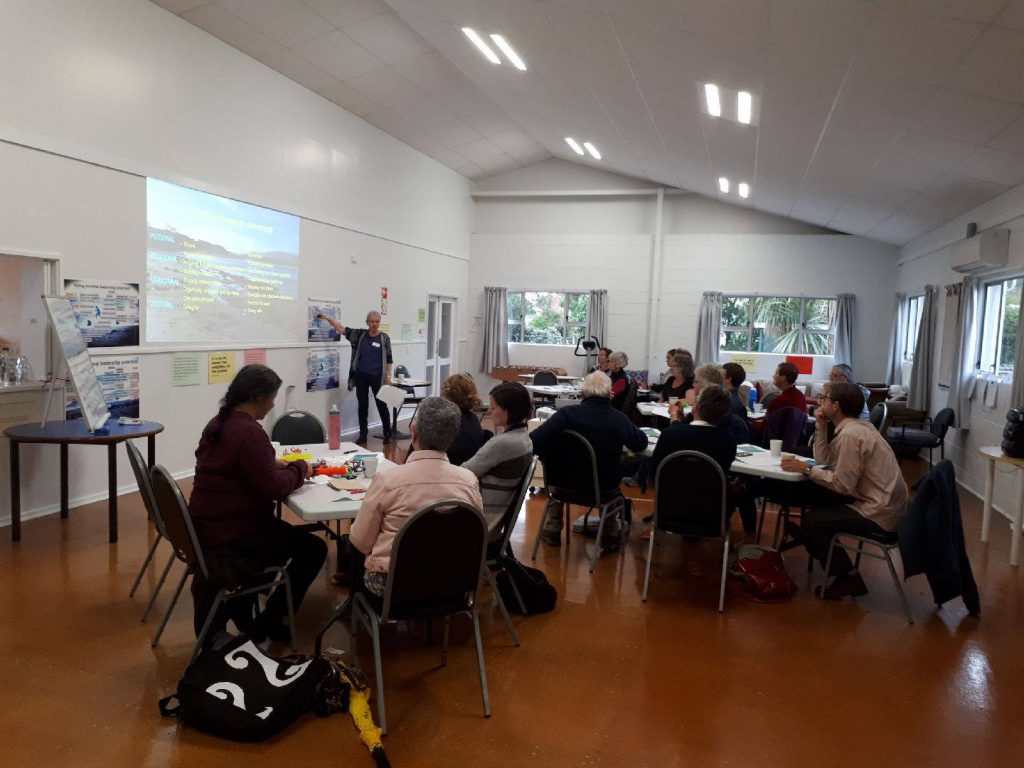





Our CLD Principles – Hei tautoko
Tools and practices that support effective CLD work, based on Inspiring Communities' five core principles.
Implementing all CLD principles at once is sometimes simply not possible, especially when you’re first starting out. What matters is starting from where you, your organisation or community are at and then applying a CLD framework to guide how things develop.
Here you’ll find supporting resources based on Inspiring Communities’ five core principles. We hope these frameworks, tips and perspectives help you take action in your community and help you put CLD principles into practice.
1. Grow from shared local visions

Mā mua ka kite a muri, mā muri
ka ora a mua
– those who lead give sight to those
who follow; those who follow give
life to those who lead
2. Build from strengths

He kai kei aku ringa
– there is food at the end of
my hands
3. Work with diverse people and sectors

4. Grow collaborative local leadership

Ehara taku toa he toa takitahi,
engari taku toa he toa takitini
– success comes from the strength
of the collective and not of the
lone individual
5. Learn by Doing

I orea te tuatara ka patu ki waho
– a problem is solved by continuing to
find solutions
